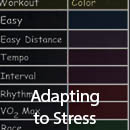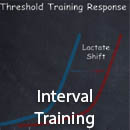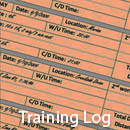Race Walking Training
Base Building
For a 10K, your base building phase lasts a minimum of three months. During this time you walk six days a week. If you train hard, you must rest hard. Therefore, all of my schedules include at least one day off each week. If your schedule permits walking only five days a week, then skip one of the easiest days in the schedule. Also note, which days of the week you select to serve as workouts or rest days matters little, as long as you do not perform all of the hard workouts consecutively.
Notice the weekly mileage starts at 25 miles. If you have not recently walked 25 miles in one week, then slowly build up to this distance before starting the program. Do not count the time spent increasing mileage to 25 miles per week as part of the actual schedule. The schedule begins after you can comfortably walk this distance at the Easy Mileage Pace, the pace at which you walk most miles during this phase of training. If the pace feels too easy or too hard, consider selecting a different training program.
When you look across the schedule, you find that Sunday is the easy distance day. Your mileage on Sundays starts at six miles and builds up to twelve miles, taking a few steps back along the way. Don’t rush to get to twelve miles; you will get there fast enough. Walking a slow progression of increasing mileage reduces your chance of injury. While your walks on Tuesday, Thursday, and Saturday are not quite as long, we still regard them as easy distance training. Walk just a few easy miles on Monday and Friday; these represent your recovery days each week.
Do not be compulsive about walking nonstop during base building workouts. On a long walk, you may need to stop for one reason or another, such as alleviating a burning shin muscle. Rather than pushing through discomfort, you improve more in the long run if you stop to prevent injury with a little stretching, or avoid dehydration by sipping some water from a fountain.





















